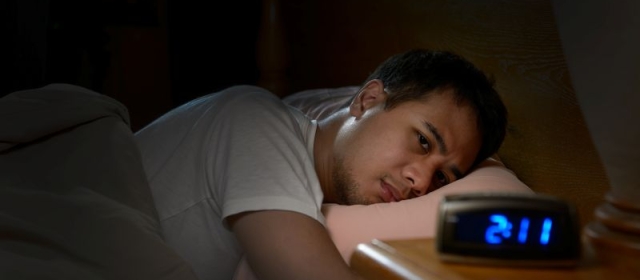
Research Summaries
Upcoming Events

- Sexual Health Topics: Men’s Sexual Health, Sexual Health Management & Treatments
Background
Peyronie’s disease (PD) is a connective tissue disorder that can result in penile deformities through the buildup of plaque, creating abnormalities such as curvatures of the penis in any direction. The reported prevalence of PD varies greatly, between 0.4-20.3%. Ventral (downward) curvatures demonstrate much lower rates (11-17% of all PD cases) than dorsal (upward) or lateral (sideward) curvatures. The common concern with reversing ventral curvatures is interference with the urinary system, so finding effective and safe ways to treat men with ventral PD curvatures is imperative to providing care.

- Sexual Health Topics: Men’s Sexual Health, Sexual Health Management & Treatments
Introduction
An inflatable penile prosthesis (IPP) is a permanent device that can be used to correct erectile dysfunction. However, despite constantly advancing surgical techniques, infection is still possible. This would require the removal and replacement of the device and is naturally a dreaded complication.

- Sexual Health Topics: Men’s Sexual Health, Sexual Health Management & Treatments
Introduction
Concomitant insomnia and obstructive sleep apnea (OSA), or COMISA, means insomnia and OSA occur at the same time, whether that’s long-term, or from time to time. Both conditions on their own have detrimental effects on overall and sexual health as well as one’s quality of life. These sleep disorders can contribute to issues such as heart problems, anxiety, depression, mood changes, and erectile dysfunction (ED).

- Sexual Health Topics: Men’s Sexual Health
Introduction
Erectile dysfunction (ED) is one of the most common sexual dysfunctions in biological males, affecting a significant population and usually increasing in prevalence with age. Previous studies have shown that physical activity can help with erectile function; aerobic exercises and activities can enhance vascular function, reduce inflammation, and improve blood flow, which all contribute to good erectile function. However, aerobic activities are not accessible for every individual and may be more difficult to do, especially as men age. Walking is accessible, simple, and free, making it a good exercise to incorporate into daily routines and potentially improve erectile function.

- Sexual Health Topics: Men’s Sexual Health, Sexual Health Management & Treatments
Introduction
Erectile dysfunction (ED) is a common condition that can impact a man’s confidence, relationships, and overall quality of life. While there are many treatments available, some men choose a penile implant as a long-term solution, especially when other options don’t work. However, one of the biggest concerns for patients considering this surgery is how their penile length will be affected.

- Sexual Health Topics: Men’s Sexual Health, Sexual Health Management & Treatments
Introduction
Erectile dysfunction (ED) happens when a man struggles to get or keep an erection firm enough for sexual activity. This condition can result from issues with nerves, blood flow, hormones, or mental health. ED is common, especially as men age, with about 37% of men aged 70–75 experiencing it.

